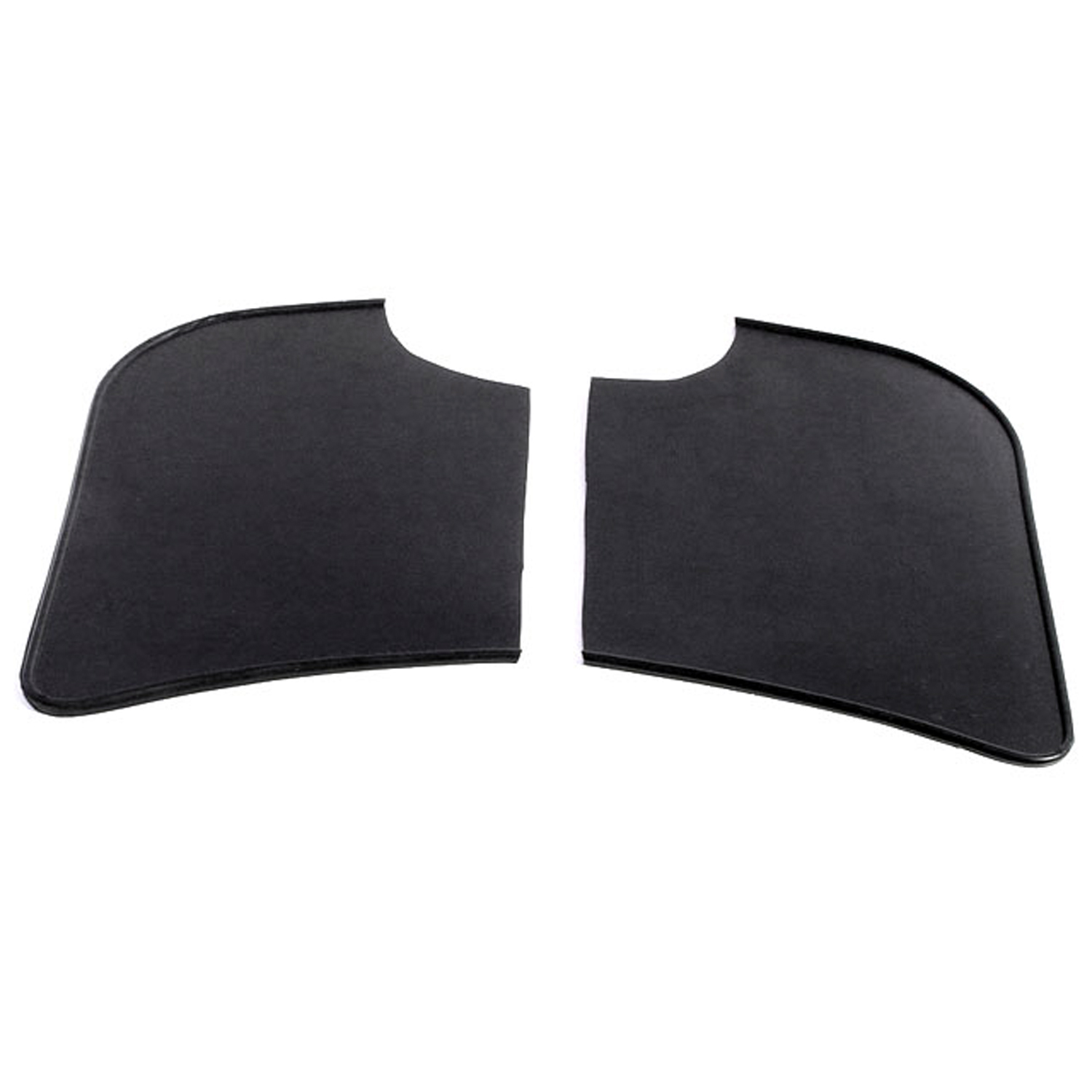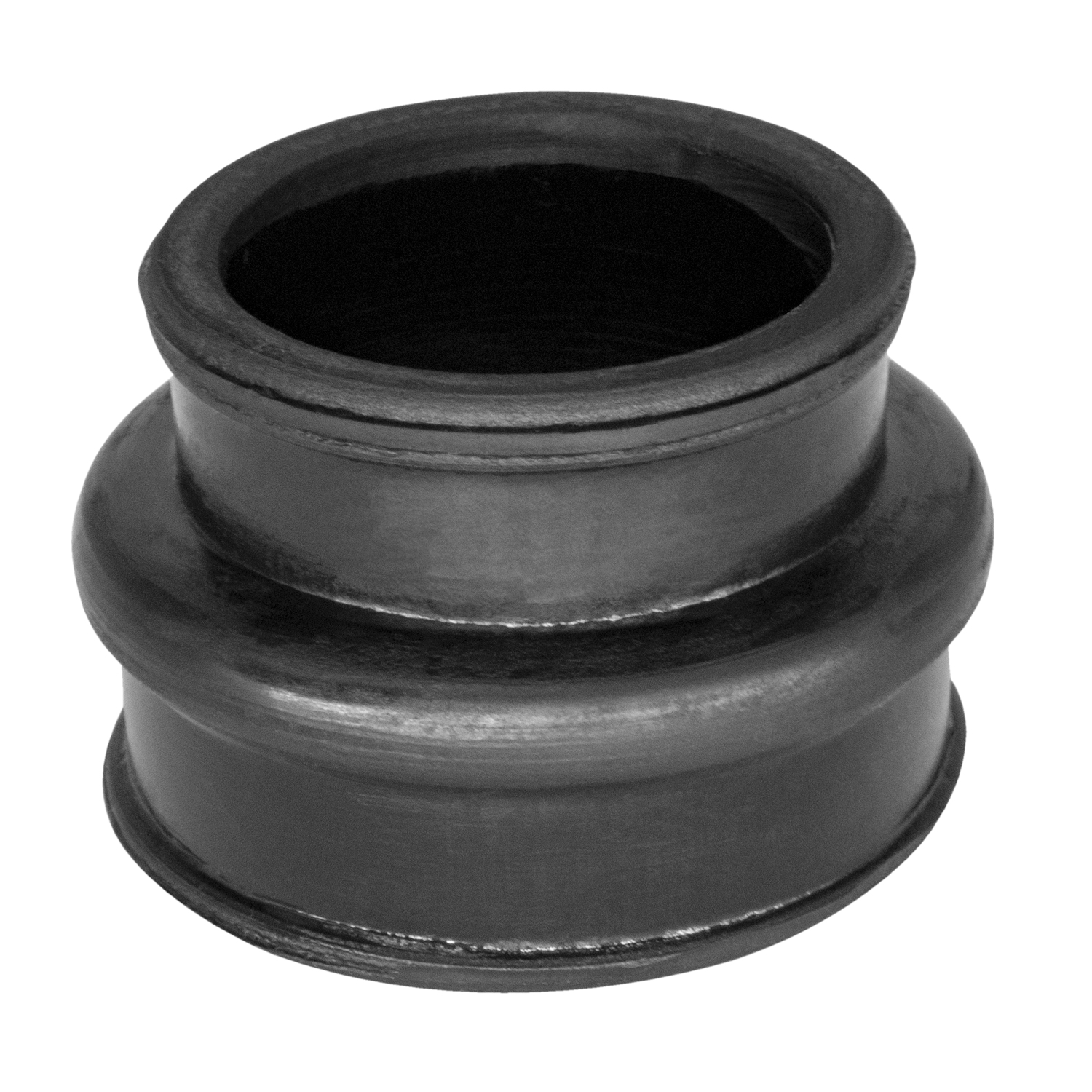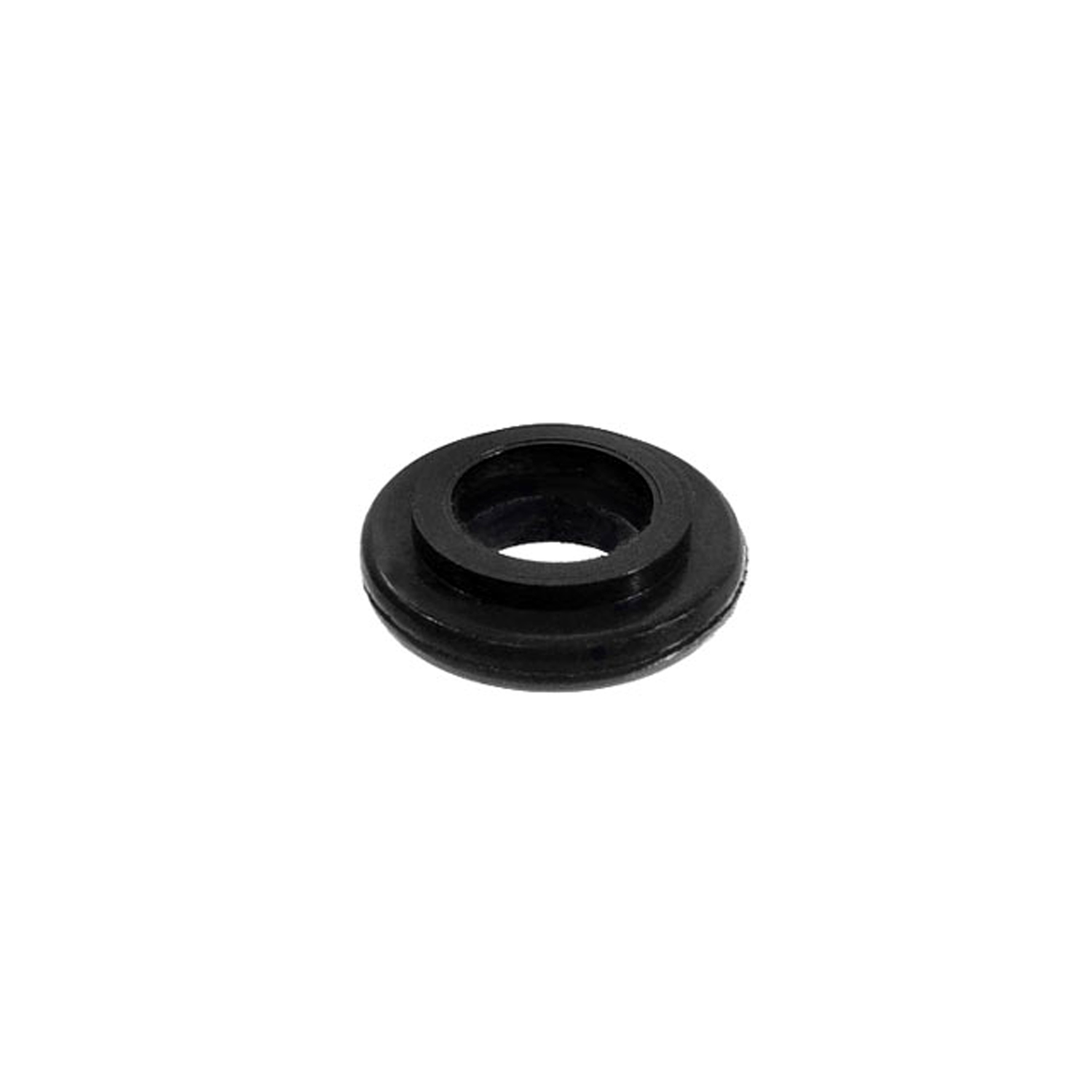Image of 1973 Volkswagen Type 2, Note: These illustrations use artistic license and may differ from actual historical models.
Performance Metrics
Fundamental Metrics
Emotional Appeal
MMP Rating
| Engine Specifications | |
|---|---|
| Engine Options: | Air-cooled, rear-mounted, flat-four engine |
| Displacement Range: | 1.6L |
| Horsepower Range: | 46-50 hp |
| Torque: | 73-75 lb-ft |
| Compression Ratio: | 7.5:1 |
| Ignition System: | Distributor ignition |
| Cooling System: | Air-cooled |
| Performance Specifications | |
| 0-60 Time: | 20 seconds |
| 1/4 Mile Time: | Not available |
| Top Speed: | 72 mph |
| Transmission and Drive | |
| Drive Type: | Rear-wheel drive |
| Transmission Type: | 4-speed manual |
| Fuel and Efficiency | |
| Fuel System Type: | Carburetor |
| MPG: | 17-20 mpg |
| Dimensions and Brakes | |
| Brakes: | Front disc brakes, rear drum brakes |
| Wheelbase: | 94.5 inches |
| Weight: | 3,000 lbs |
Note: Specifications for classic cars are given to the best of our ability, considering the limited and variant data available.
1973 Volkswagen Type 2: The Iconic Symbol of Freedom and Adventure
The 1973 Volkswagen Type 2, fondly known as the VW Bus or Microbus, is not merely a vehicle; it's a cultural icon that encapsulates the spirit of the '70s. Born from the innovative vision of the German automaker Volkswagen, this vehicle emerged as a symbol of freedom, adventure, and counterculture. Its distinctive design and practicality made it a favorite among travelers, families, and businesses alike. The Type 2's unique place in history is cemented by its association with the hippie movement and its cameo roles in numerous films and music festivals.
Design and Innovation
With its boxy silhouette and friendly face, the 1973 VW Type 2's exterior styling is instantly recognizable. Its utilitarian yet charming design features a split windshield (replaced by a single piece in later models), rounded corners, and a sliding side door. Inside, the Microbus was surprisingly spacious, with room for either seven or nine passengers depending on the configuration. The quality of materials was modest yet durable, designed to withstand years of use. Technologically, it boasted innovations like a rear-engine layout for better traction.
Color options ranged from vibrant hues to earthy tones, with choices like Chrome Yellow and Brilliant Orange being popular among the free-spirited crowd. The Type 2 came in various body styles including the Kombi, Panel Van, and the Campmobile with its iconic pop-top roof. However, it was the Samba model—with its skylight windows and sunroof—that became most iconic.
Historical Significance
The VW Bus was more than just transportation; it was a mobile symbol of an era. Its impact on automotive design was profound, inspiring a generation of van designs focused on maximizing interior space while maintaining a compact footprint. It stood out for its forward-thinking design that prioritized simplicity and functionality over luxury—a philosophy that resonated during a time of social change.
Performance and Handling
The 1973 model was powered by an air-cooled four-cylinder engine that delivered modest performance by today's standards but was adequate for its time. Top speeds were around 75 mph with acceleration from 0-60 mph taking upwards of 20 seconds. Handling was characterized by light steering and a smooth ride over bumps thanks to its independent front suspension system. Driving the VW Bus was an experience filled with character—from the distinctive hum of its air-cooled engine to the commanding view from behind its large steering wheel.
Ownership Experience
The Type 2 served various roles from daily commuting to cross-country road trips. It was also a common sight at car shows thanks to its cult following. Maintenance-wise, the VW Bus is known for its reliability and ease of repair—attributes that endear it to enthusiasts even today.
Fun Facts
The VW Bus has had its share of limelight with rare editions like the 23-window Samba fetching high prices at auctions. Celebrity ownerships have added to its allure with notable figures like Jerry Garcia famously driving one. Despite criticisms over its modest power output and safety features by modern standards, it remains beloved by many.
Collector's Information
Today's collectors cherish the 1973 Volkswagen Type 2 for its nostalgia and charm. With an estimated production number in the tens of thousands across all variants during that year, it's moderately rare but still accessible to enthusiasts. Values range widely based on condition, with well-preserved models fetching anywhere from $20,000 to over $100,000 for pristine examples or rare configurations.
Conclusion
The 1973 Volkswagen Type 2 stands as more than just a classic vehicle; it's a rolling testament to an era defined by exploration and self-expression. Its legacy continues to inspire new generations who are drawn to its timeless design and cultural significance—a true classic that transcends time.
1973 Volkswagen Type 2 Catalog of Parts
 1973 Volkswagen TYPE 2 Gravel Shields. Molded flat without metal backing plates-FS 40Gravel Shields. Molded flat without metal backing plates. Apply with contact cement. 7-5/8" long X 5-5/8" wide at top. Pair
1973 Volkswagen TYPE 2 Gravel Shields. Molded flat without metal backing plates-FS 40Gravel Shields. Molded flat without metal backing plates. Apply with contact cement. 7-5/8" long X 5-5/8" wide at top. Pair 1973 Volkswagen TYPE 2 Intake Manifold Boots. Made of rubber. 1-3/8" I.D., 2" O.D-RP 300-BIntake Manifold Boots. Made of rubber. 1-3/8" I.D., 2" O.D. X 1-1/2" high. Pair
1973 Volkswagen TYPE 2 Intake Manifold Boots. Made of rubber. 1-3/8" I.D., 2" O.D-RP 300-BIntake Manifold Boots. Made of rubber. 1-3/8" I.D., 2" O.D. X 1-1/2" high. Pair 1973 Volkswagen TYPE 2 Oil Cooler Seal. 7/16" I.D., 7/8" O.D. Each-RP 8-BOil Cooler Seal. 7/16" I.D., 7/8" O.D. Each
1973 Volkswagen TYPE 2 Oil Cooler Seal. 7/16" I.D., 7/8" O.D. Each-RP 8-BOil Cooler Seal. 7/16" I.D., 7/8" O.D. EachWhy Choose Metro?
For over 100 years, Metro Moulded Parts has been the pinnacle of quality in classic car restoration parts. Our commitment to precision and authenticity in every component ensures a perfect fit and an OEM-level appearance.
- Expert Craftsmanship & Quality: Each part is a testament to our dedication to reliability and perfection, crafted from original designs and thoroughly tested.
- Advanced Technology: We use cutting-edge techniques to create flawless, long-lasting parts that surpass others in performance.
- SuperSoft Sponge – The Ultimate Door Seal: Not only are our door seals 30% softer than competitors', but they're also guaranteed to never leak. They effectively reduce wind and road noise, enhancing your classic car's comfort and driving experience.
- Proudly American: Our parts are a product of American craftsmanship, made in the USA with a spirit of excellence and heritage.
- Unrivaled Warranty: We back our products with a 30-year industry-leading warranty, a testament to our confidence in their quality.
Join us in preserving the legacy of classic cars with parts that are crafted for perfection, not just made.

